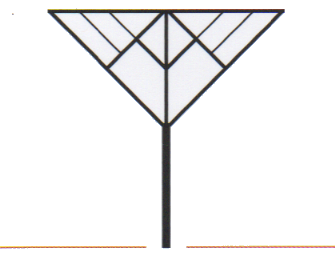Ultimately, the Center will be designed to take full advantage of the landscape for views, light and energy, while nestled into that landscape – as though emerging from it. Using natural local materials and promoting all aspects of sustainability to reduce long-term maintenance expenses the Center will bring jobs, social connections and a new focus on Madison County’s natural heritage to the people of this region.
Locating the Conservation Center at Pammel Park is purposeful.
It is here in Pammel Park that the earliest settlers tunneled through the limestone backbone to divert water to operate a lumber and grist mill, where they harvested resources and produced products from stone and clay for building and growing our cities. It is here where a Civilian Conservations Corps camp was born that developed building methods and historic structures that are still in use. Pammel is a microcosm of the majestic landforms found throughout Madison County.
Nature Inspires The Arts
The Conservation Center will provide an inspiring venue to continue the Conservation Board’s long running “Arts-In-The-Parks” initiative. Diverse audiences have enjoyed cultural experiences in our park settings ranging from outdoor concerts to photography exhibits to designing landscaping features and interpretive murals.
The Center’s courtyard and patio will provide a wonderful setting for outdoor concerts. The entry walkways will feature an outdoor sculpture trail. Inside the Center, seasonal art will be displayed as well as a dynamic ceramic wall mural in the Great Hall that will also feature the donor recognition panel.
Model of Green Construction and Sustainability
Conserving Water Runoff
Retention pond doubling as aquatic classroom collects water from:
- Previous parking/roadway intercepts
- Grey-water recaptured from building
- Roof run-off from building
Conserving Water Usage
- Metered Water Fixtures
- Septic System: Recycling Sand Filter
Sustainable Building Materials
- Native/natural materials
- Recycled materials
High Efficient Utility Systems
- Solar
- Passive Solar
- Directional siting of building
- Use of glass and heat absorbing floor materials
- Geo-thermal
- In-floor heat (zoned to detect passive solar heating)
- LED lighting
- Metered lighting
